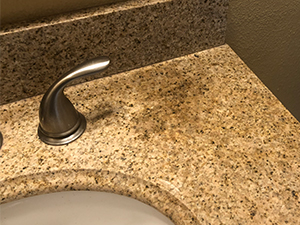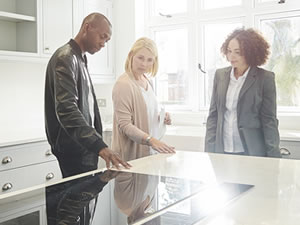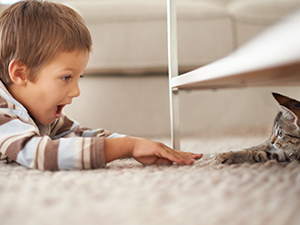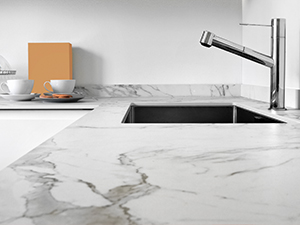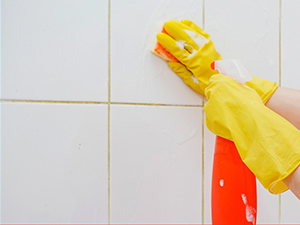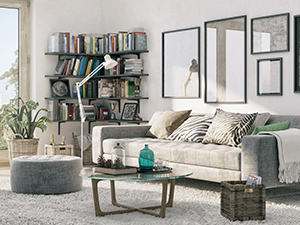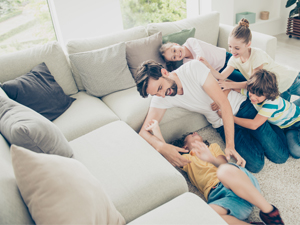Is My Stone Really Stained?
Sometimes when we get calls from customers regarding a stain on their stone, it is not uncommon to find that the stain is not a stain at all. Here are some examples of common stone problems that look like stains but are not actually stains and what can be done to resolve the issues.
Acid Etching
Almost all polished marble will become discolored and dull when it comes in contact with acids. Acids can be found in orange juice, lemons, soft drinks, foods, household and commercial cleaners, bathroom cleaners, and the list goes on and on. This dulling effect caused by acids coming in contact with the calcium in the stone is a condition known as etching. This can also occur on highly polished concrete and some tile surfaces.
To remove an etch from polished marble, re-polishing will be required. If the etching is minor and limited to a small area, you can use a quality marble polishing compound. If the etching is severe, it will need to be professionally honed and re-polished.
Moisture / Wet Stone on Countertops
Another common problem mistaken as staining is moisture that has absorbed into the stone. This occurs when a porous stone is not adequately sealed. When this happens, the stone will appear darker. (Think about what happens to a pair of jeans when they get wet. The material looks darker until it dries.)
If you suspect the problem is wet stone, give it time to completely dry or take a hair dryer to the suspected wet area and see if the area lightens. Caution: Do not apply too much heat, especially to granite, because it may cause the crystals in the stone to expand and spall, or the stone to crack.
When a stone absorbs moisture, this indicates that the stone needs to be sealed. Be sure to have the stone properly sealed.
Moisture / Wet Stone on Floors
Stone floors can also show moisture spots. This is especially true when stone floors are newly installed. The setting bed is usually very wet. The water migrates to the surface to escape and evaporates. This drying process can take a long time, depending on the temperature, humidity and air flow. Certain granites can take months to dry. Moisture can appear uniformly throughout the entire surface, or it can be blotchy.
Water Spots
Another common problem associated with staining is the deposits of water spots and water rings. These are the rings left behind from a glass that can appear on marble or other natural stone tables and countertops. Water spots are caused by slightly acidic liquids running down the sides of the glass and etching the marble.
Water spots can also be caused by chemicals in the liquid that deposit minerals on the stone. These are sometimes referred to as hard water spots. If the liquid contains calcium or other minerals, it will leave a spot on the surface in the shape of the bottom of the glass. The mineral deposits are the same type that appear in an automatic dishwasher or a glass shower door. These rings and spots are usually not stains and cannot be removed with stain-removing chemicals and poultices. Professional refinishing and re-polishing will probably be necessary.
Efflorescence
Efflorescence appears as a white powdery dust on the surface of the material. If you wipe your hand across a surface with efflorescence, you will pick up a light powdery residue. Efflorescence is simply a deposit of minerals on the surface. These minerals usually come from the setting bed or from the stone or concrete itself. When the material becomes wet during installation or afterward, the water dissolves some of the minerals in the setting bed and carries them to the surface. When the water evaporates, the minerals are left behind in the form of a powder.
If you are having issues with efflorescence, we can help.
These are the most common “stain” conditions that are not stains. Feel free to contact us with questions.
If you do have a true stain, please refer to our interactive Stain Removal Guide which shows you how to treat virtually any kind of true stain.
As always, let us know how we can help with any stone problem you are having.
This article is one of a series of articles written and published on behalf of Surface Care PROS Partners.

